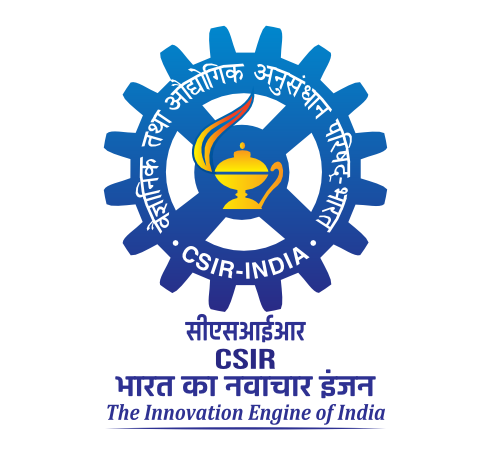Use of lipases in the industrial production of esters
Divakar, Soundar and Balaraman, Manohar (2007) Use of lipases in the industrial production of esters. In: Industrial Enzymes: Structure, Function and Applications. Springer Netherlands, pp. 283-300. ISBN 978-140205376-4
|
PDF
20250715183324055.pdf - Published Version Restricted to Registered users only Download (5MB) |
Abstract
Of the estimated 25,000 enzymes present in nature only about 2800 have been characterized, and of these about 400, mainly hydrolases, transferases and oxidoreductases, have been identified as being potentially useful from a commercial point of view. However, only 50 different kinds of enzymes are employed on an industrial scale (Berger, 1995). Lipases (triacyl glycerol hydrolases E.C.3.1.1.3) catalyse the hydrolysis of triglycerides at the oil/water interface, but their ability to form ester bonds under reverse hydrolytic conditions enables them to catalyse various other types of reactions such as esterification, transesterification, polymerisation and lactonization. The high selectivity and mild conditions associated with lipase-mediated transformations have made them very attractive for the synthesis of a wide range of natural products, pharmaceuticals, fine chemicals, food ingredients (Schreier, 1997) and bio-lubricants (Dörmö et al., 2004). For example, lipases are employed to obtain polyunsaturated fatty acids (PUFAs) which are then used along with mono- and diglycerides for the synthesis of nutraceuticals and pharmaceuticals such as anticholesterolemics, anti-inflammatories and thrombolytics (Gill and Valivety, 1997; Belarbi et al., 2000). The main reason for the use of lipases is the growing interest and demand for products prepared by natural and environmentally compatible means. As a consequence of their versatility in application, lipases are regarded as enzymes of high commercial potential. Lipase catalysed esterification in organic solvents presents challenges, which if dealt with successfully, can result in the generation of a number of useful compounds. Both the range of substrates with which lipases react and the range of reactions catalysed are probably far wider than those of any other enzyme studied to date. Table represented. Lipases catalyse three types of reactions: i) Hydrolysis: occurs in aqueous media when there is large excess of water, ester hydrolysis is the dominant reaction; ii) Esterification: under low water conditions such as in nearly anhydrous solvents, esterification can be achieved (improved product yields can be obtained if the water content of the medium is controlled); iii) Transesterification: the acid moiety of an ester is exchanged with another one (if the acyl donor is a free acid the reaction is called acidolysis, whereas the reaction is called interesterification if the acyl donor is an ester; in alcoholysis, the nucleophile alcohol acts as an acyl acceptor). Lipases are currently used in the production of many commercially important esters. Table 1 shows a list of these products and includes flavours, fragrances, surfactants, sweeteners and biodegradable polyesters. © 2007 Springer.
| Item Type: | Book Section |
|---|---|
| Uncontrolled Keywords: | enzymes, lipases, esters |
| Subjects: | 600 Technology > 08 Food technology > 16 Nutritive value > 05 Enzymes |
| Depositing User: | Somashekar K S |
| Date Deposited: | 23 Sep 2025 09:16 |
| Last Modified: | 23 Sep 2025 09:16 |
| URI: | http://ir.cftri.res.in/id/eprint/19827 |
Actions (login required)
 |
View Item |

